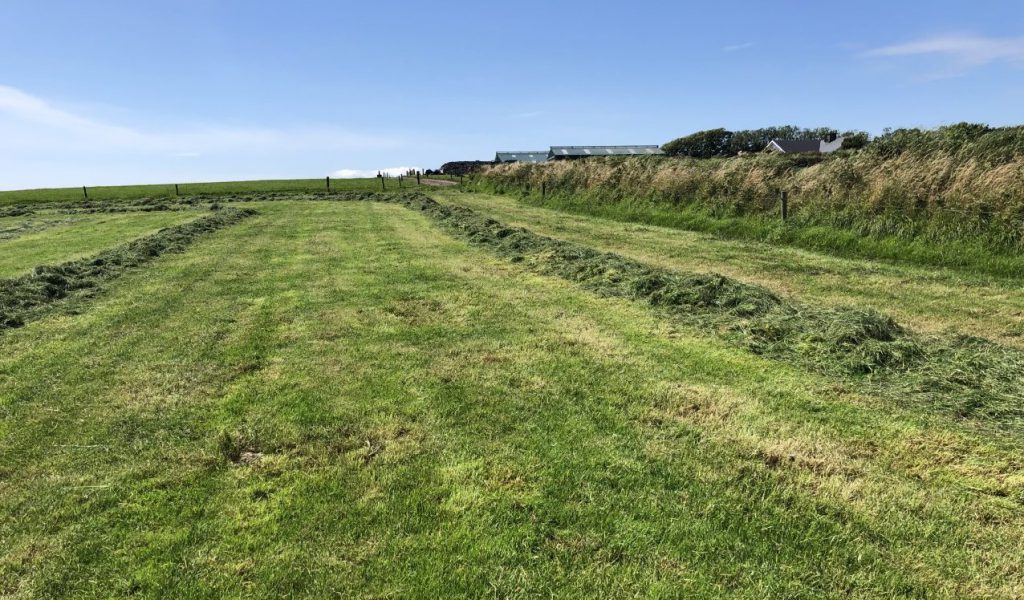The mixture of sunshine and rain continues to see grass growth excel on many farms. This in turn, has seen growth rates continue to exceed demand in many places.
Going by figures from PastureBase Ireland, growth rates are ranging from 57kg DM/ha up to 75kg DM/ha.
As we head head into August, attention, on many farms, will turn to building grass covers. So, in areas where grass growth is high and growth has exceeded demand, it might be a good time, weather permitting, to take out any surplus paddocks.
This is the best way to maintain grass quality and when the opportunity presents itself in early August, it should be taken.
The plan should ideally be to continue to allow cows to graze covers of 1,400Kg DM/ha.
If you allow cows to graze covers higher than this, then quality is going to be an issue and, realistically, cows will end up having to graze stemmy grass.
Furthermore, this will also lead to poorer cleanouts and possibly force farmers into topping paddocks.
The best way to judge what covers should be grazed next and, possibly, what paddock(s) should be taken out for bales, is to walk the farm and see what grass supplies are there.
Plan For The End Of Fertiliser Use
As we head into August, this means there may be only two rounds of nitrogen (N) dressings left – between now and the year end.
If you haven’t already done so, switching to protected urea should be considered. It is a cheaper N option in when compared to CAN and so, it saves you money and reduces greenhouse gas (GHG) emissions.
If soil indices for potassium (K) are low, for example, in any paddocks that were taken out for silage, now is a good time to take action and replenish any K that has been lost.

